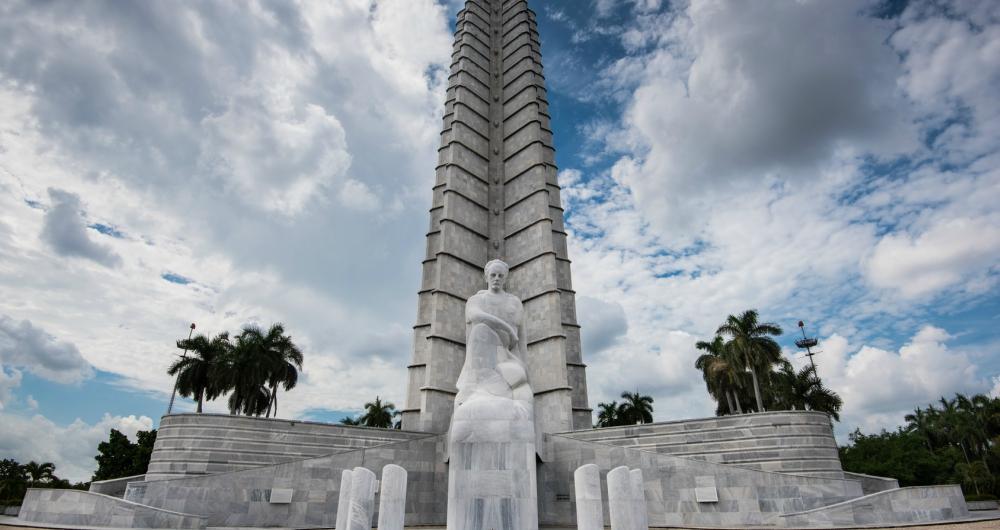In This Article
Looking for a vibrant island adventure filled with history, beaches, classic cars, and contagious rhythms? Head to Cuba! Bursting with colorful architecture, warm hospitality, and rich culture, Cuba offers unforgettable experiences from the bustling streets of Havana to the white-sand beaches of Varadero and the tobacco fields of Viñales. Whether you're into music, history, or relaxing by the Caribbean Sea, Cuba invites you to slow down and soak it all in.
Best Time to Visit
The best time to visit Cuba is from November through April. This is the dry season, offering plenty of sunshine, warm but comfortable temperatures, and ideal beach conditions. May through October is the wet season, with higher humidity and a chance of hurricanes, but fewer tourists and lush landscapes.
How to Get There
- By Air: José Martí International Airport (HAV) in Havana is the main international gateway, with other major airports in Varadero, Santiago de Cuba, and Holguín.
- By Cruise: Some cruises (depending on regulations) include stops in Havana and other ports like Cienfuegos or Santiago de Cuba.
- By Ferry: Limited ferry options exist, mainly for domestic travel; international ferry services are rare or regulated.
Where to Stay
- Hotel Nacional de Cuba (Havana) – Iconic, historic hotel overlooking the Malecón, filled with vintage glamour.
- Paradisus Varadero Resort & Spa – All-inclusive luxury resort ideal for beach lovers, honeymooners, and families.
- Casa Particulars – Stay with local families in private guesthouses for an authentic and affordable Cuban experience across the island.
Best Things to Do
1. Wander Through Time in Old Havana
Cobbled streets, colonial façades, and live rhythms transport you into Cuba’s beating heart
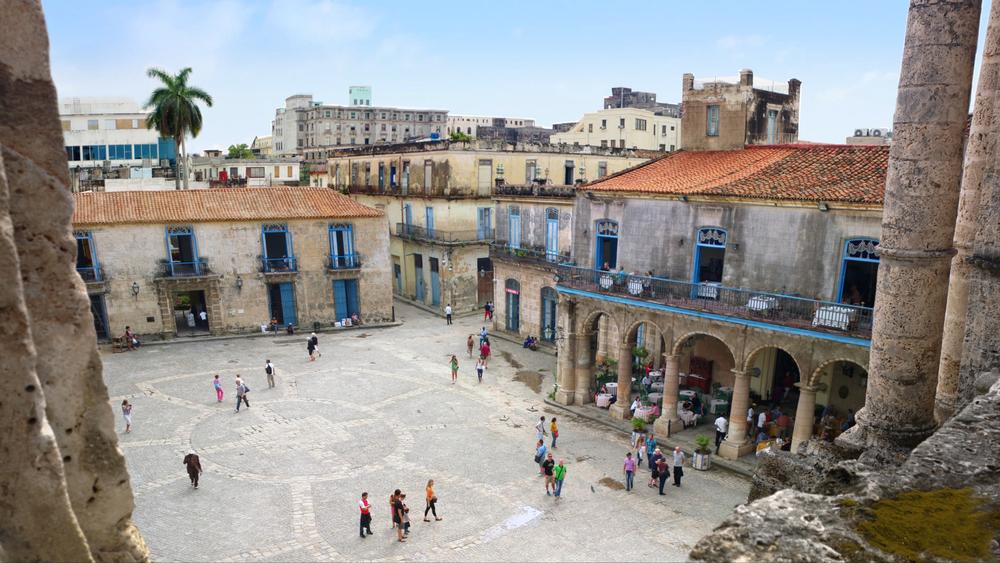
© Courtesy of EmDali - Fotolia.com
Old Havana
was founded in 1519 and consists of urban plazas that are surrounded by buildings. There are narrow streets spread throughout the historic center and it represents an impressive historical area that tourists can enjoy exploring. During the second half of the 16th century, Havana was the largest port in the region. The most complete dockyard in the New World was developed in Havana during the 18th century. Map
2. Trek Untamed Terrain in Turquino National Park
Home to Pico Turquino, cloud forests, and the island’s wildest landscapes
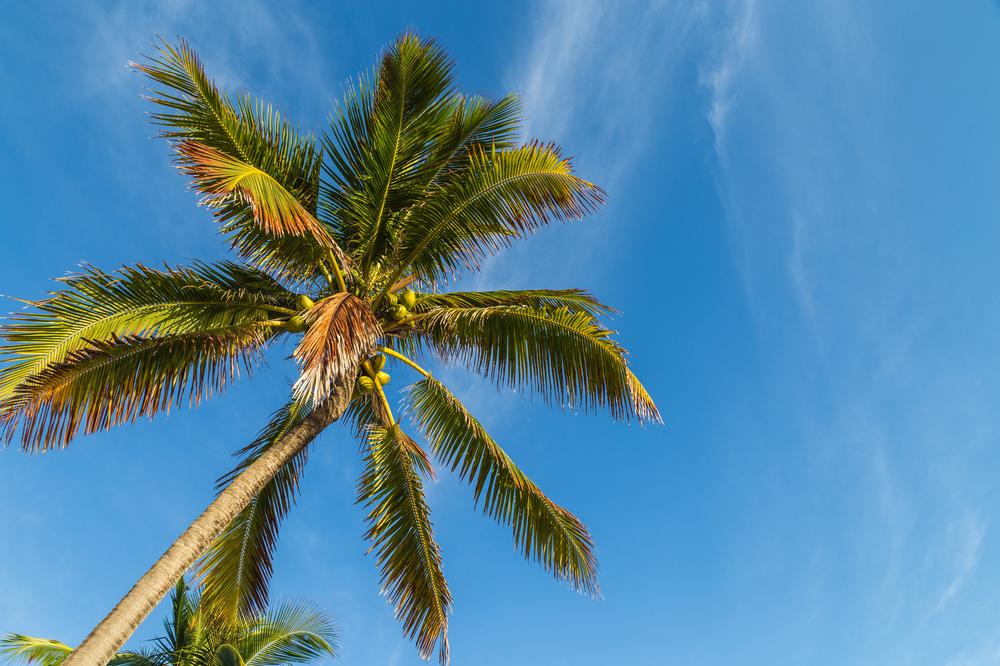
© Courtesy of Satoshi Kina - Fotolia.com
Pico Turquino National Park can be found in the Sierra Maestra along southeastern Cuba. Visitors will have a view of large mountains, clean creeks, and thick forests. The hikes to the summit are challenging, possibly some of the most challenging in Cuba.
Hikers will pass several rural communities as well as beautiful terrain. Guides are required for a portion of the hike and you may need to stay overnight. There are over 100 plant species in the area as well as some important plants and animals that are protected by the park. Map
3. Discover Nature’s Quiet Side at Varahicacos Ecological Reserve
Mangroves, caves, and ancient burial sites blend history and habitat on the Hicacos Peninsula
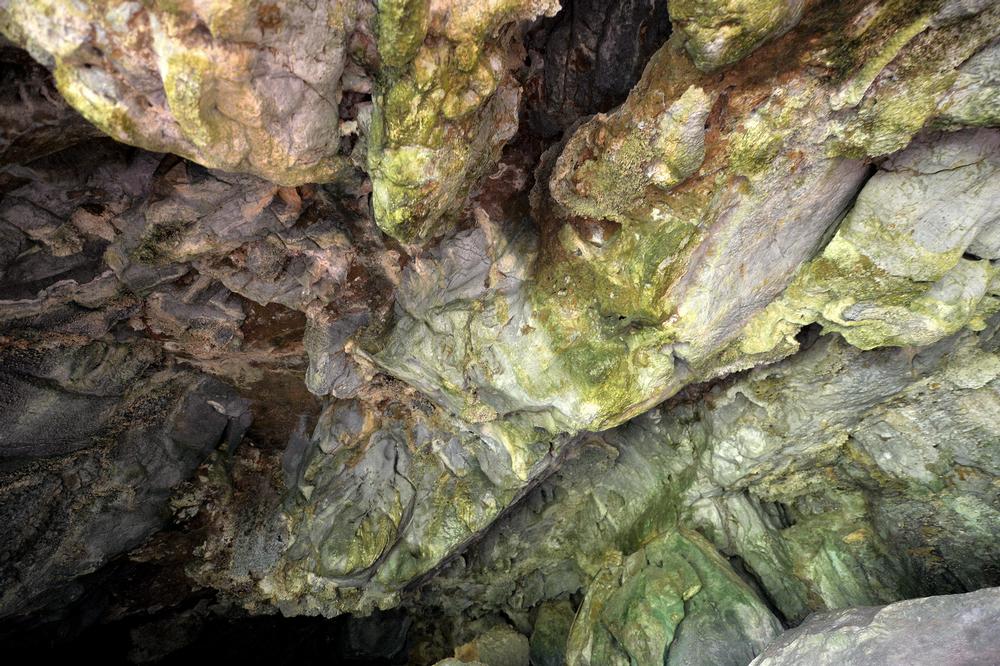
© Courtesy of Uryadnikov Sergey - Fotolia.com
Established in 1974, the Varahicacos Ecological Reserve is three square km of protected land located on the northeastern end of the Hicacos Peninsula. Hikers will find short trails through the forests and can see the Patriarca, which is a giant cactus that is more than 500 years old. There is also a large cave filled with ancient pictographs (Cueva de Ambrosio). The area is known as a place to view flora and fauna up close. There is also aboriginal history there.
Varahicacos Ecological Reserve, Punta Hicacos, Varadero, Matanzas, Cuba, Phone: 53-45-66-80-18
What to do if you are traveling with kids:
4. Dive Into Marine Wonders at Acuario Nacional de Cuba
From sea turtles to dolphin shows, this seaside aquarium brings Cuba’s waters to life
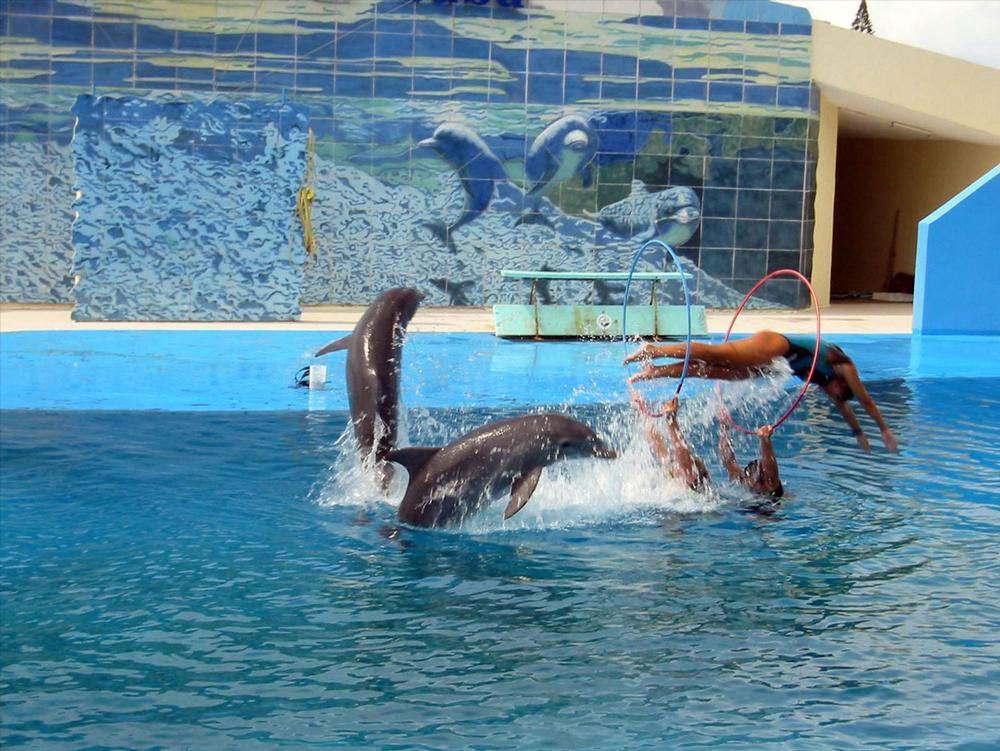
© Courtesy of Daniel Loncarevic - Fotolia.com
Acuario Nacional de Cuba, founded in 1960, is a scientific center that is used for both educational and recreational purposes. It also focuses on the preservation of marine coastal landscapes, with an emphasis on educating the public about the environment. Visitors can check out the aquarium’s specialty, saltwater fish, in addition to watching sea lions and dolphins. There are hourly dolphin shows on offer.
Acuario Nacional de Cuba, Calle 3ra No 6001, esq 60, CP / 11300, Beach, Havana, Cuba
5. Explore the Cultural Mosaic of Baconao
UNESCO Biosphere Reserve meets dinosaur park, sculpture gardens, and Afro-Cuban roots
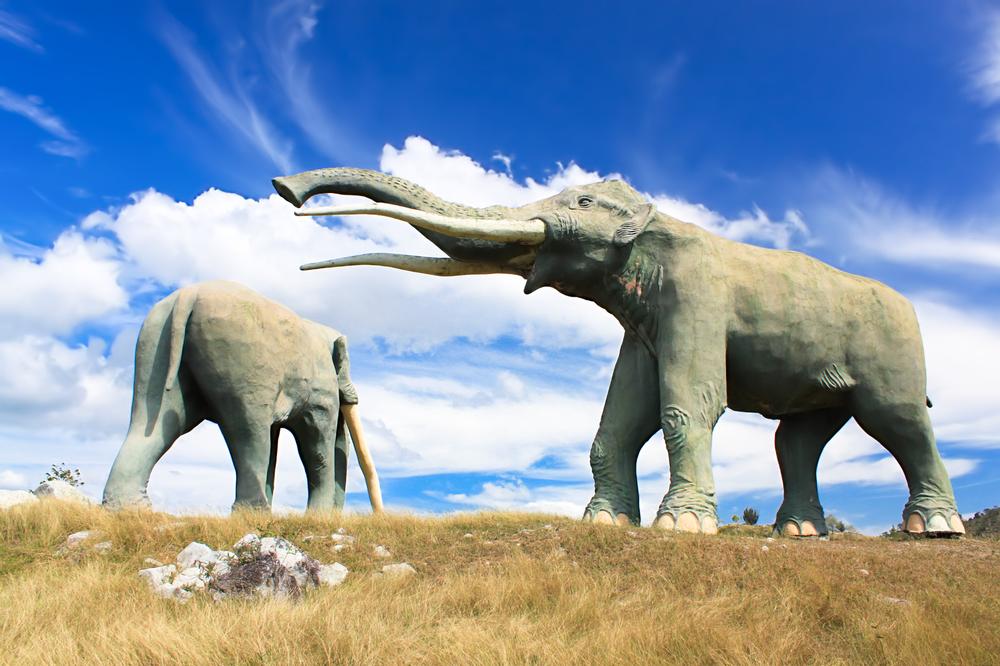
© Courtesy of Aleksandar Todorovic - Fotolia.com
Declared a World Heritage Biosphere Reserve in 1987, the name Baconao is based on a legend of a young native who lived in southern Cuba during the pre-Columbian period. There was once a magical tree called bacona, which allowed the child to play music from lagoon snails.
Baconao
park offers many different attractions, including the Great Rock, Prehistoric Valley, a botanical garden, an aquarium, Baconao Lagoon, and the Museum of History of Terrestrial Transport.
6. Stand Guard with History at Castillo de la Real Fuerza
One of the oldest forts in the Americas, protecting Havana since the 16th century
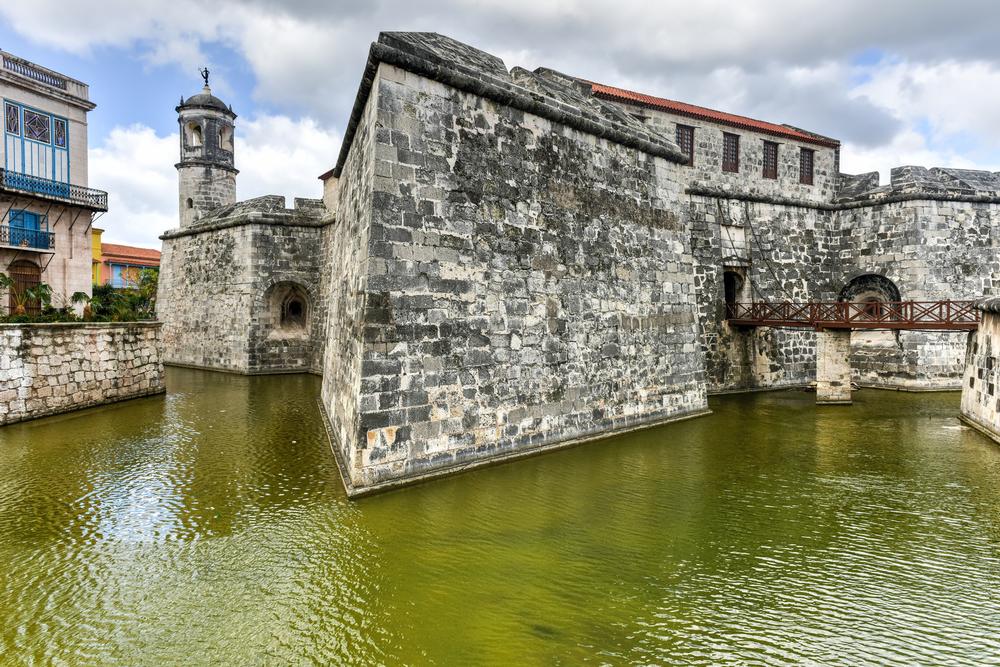
© Courtesy of demerzel21 - Fotolia.com
Castillo de la Real Fuerza is considered to be an engineering marvel. Construction of the building started in 1558 and ended in 1577. Sitting on the northeastern corner of the plaza, the structure was influenced by other buildings in Spain during the medieval period. Thick limestone makes up the walls and a drawbridge separates it from a moat. Today, the castle contains the Museo de Navegacion (Navigation Museum). The museum has model ships and a large collection of treasure from sunken ships.
Castillo de la Real Fuerza, O'Reilly, La Habana, Cuba, Phone: 53-78-61-50-10
Activities and Attractions for Couples:
7. Climb Through Coastal Defenses at Castillo de San Pedro de la Roca
A mountaintop fortress with sweeping views and deep ties to pirate and colonial history
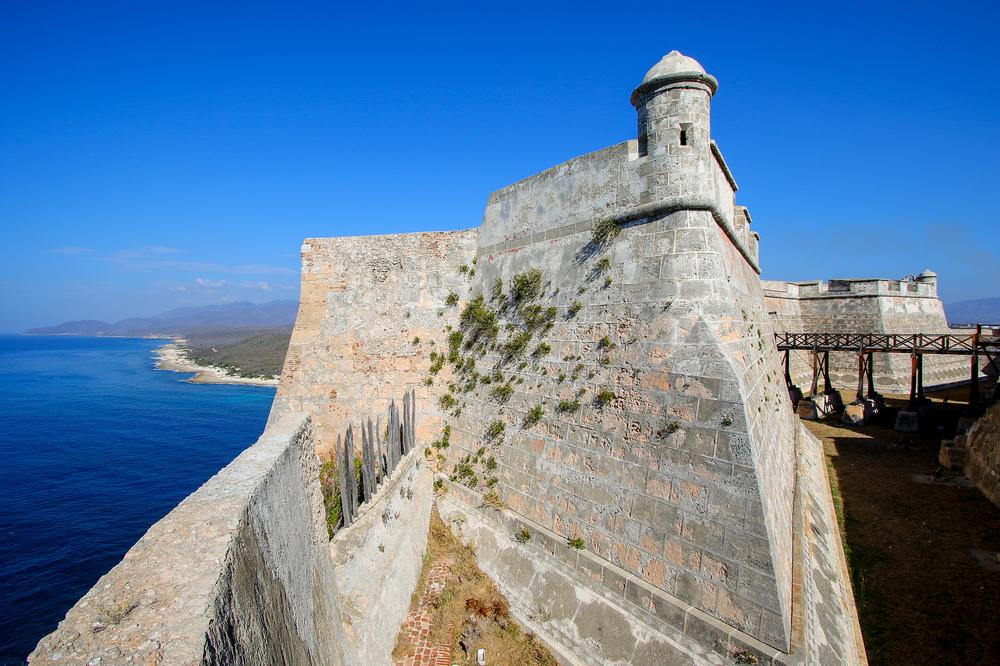
© Courtesy of Alexandre ROSA - Fotolia.com
Castillo de San Pedro de la Roca was built to protect the port of Santiago and is the most complete and well-preserved piece of Spanish-American military architecture around. The castle is a stone fortress made up of multiple levels. Sitting on the southeastern end of Cuba, San Pedro de la Roca Castle, as well as La Estrella, Santa Catalina, and Aguadores, protect the bay entrance and the port of San Diego de Cuba.
8. Face the Sea at Castillo San Salvador de la Punta
A sentinel of Havana’s harbor, where cannons, stone, and sea meet
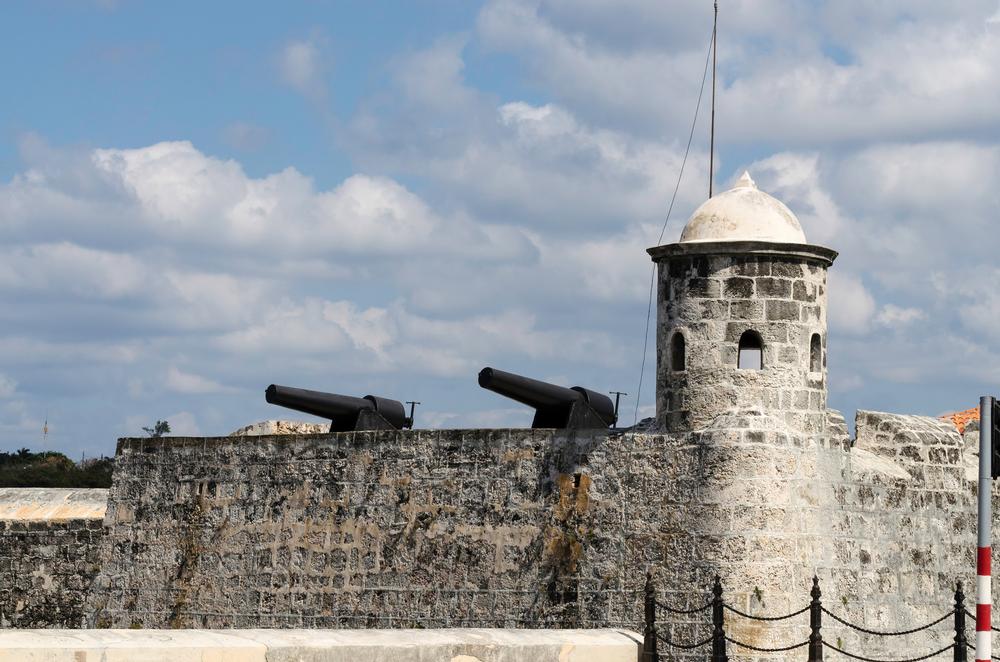
© Courtesy of Les Palenik - Fotolia.com
Located on one side of the mouth of the harbor, Castillo San Salvador de la Punta is one of two important defensive structures in Havana left over from colonial times. Built between 1590 and 1630, it is one of three fortresses that appear on Havana’s coat of arms. Commissioned by Captain General Juan de Texeda, it was designed by Giovanni Baptista Antonelli. For centuries, a 250-meter chain boom would be raised every night to deter marauders.
Castillo San Salvador de la Punta, Malecón, La Habana, Cuba
9. Pay Tribute at the Che Guevara Mausoleum
A powerful memorial and museum honoring one of Cuba’s most iconic revolutionary figures
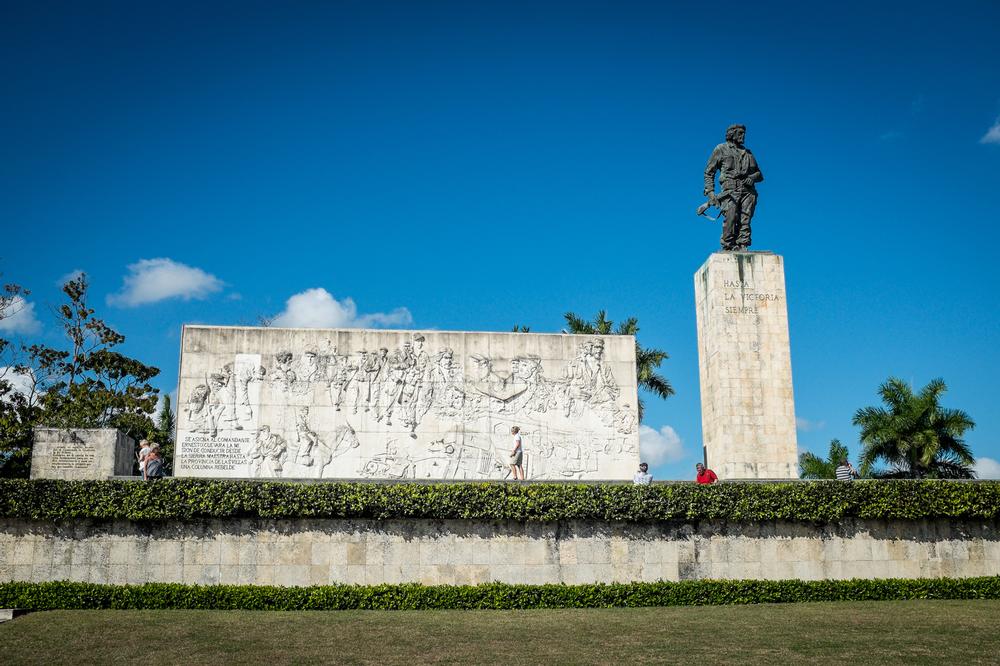
© Courtesy of fotograf connyM - Fotolia.com
Che Guevara commanded the group that managed to derail an armored train that was carrying 300 soldiers, heavy weapons, and ammunition during the final conflict of the Cuban Revolution. The boxcars are still in their derailed condition today. The bulldozer that was used to take up the train tracks is also still at the scene. The Guevara Memorial started construction in 1982 and was officially opened in 1988. There is a museum there that showcases Guevara’s life as well as his gun, medical certificates and other items, and a parade ground. The Che Guevara Mausoleum was added later after Guevara’s body was recovered from a mass grave in Bolivia.
Che Guevara Mausoleum, Santa Clara, Cuba, Phone: 53-42-20-58-78
10. Look Over Havana from the Christ of Havana
Towering 66 feet above the city, this marble statue offers both spiritual and scenic perspective
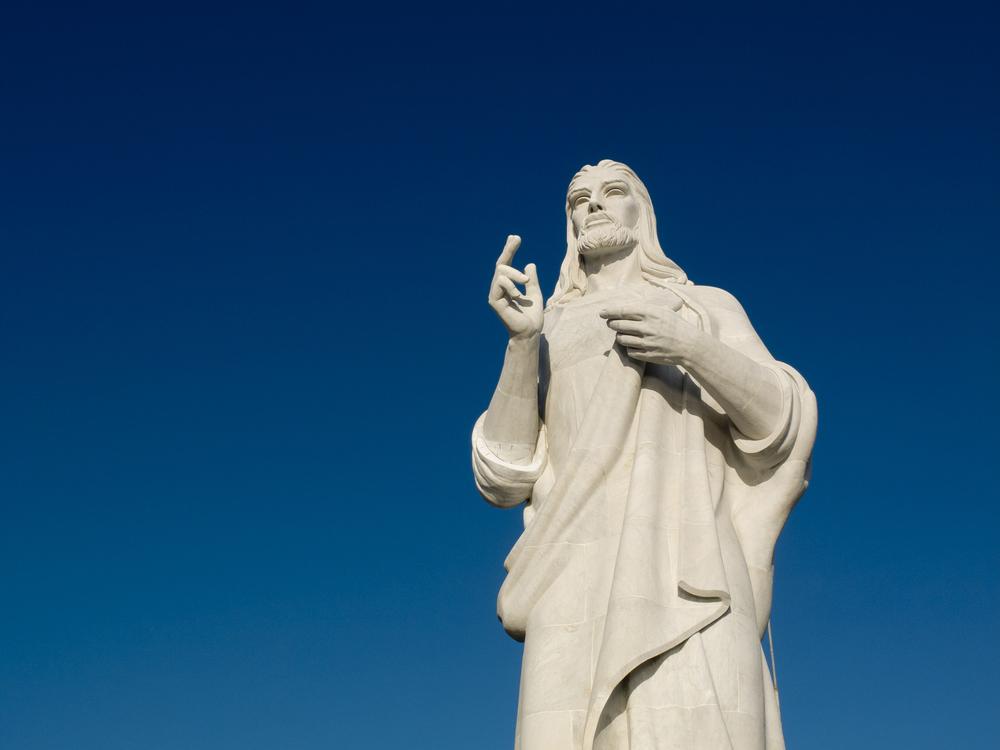
© Courtesy of Ch.Allg - Fotolia.com
The Christ of Havana sits atop a hill that overlooks Havana’s bay. Cuban sculptor Jilma Madera made the sculpture during the 1950s, and it is carved from Carrara marble and sits approximately 66 feet high, weighing 320 tons. It took 67 blocks of marble to make the statue. It can be seen from many vantage points located throughout the city.
Must-see if you are a first-time visitor:
- Ride in a classic American car – Cruise Havana’s famous Malecón or take a city tour in a colorful 1950s convertible.
- Relax on Varadero Beach – Powdery white sand and turquoise waters await at Cuba’s most famous beach resort town.
- Tour Viñales Valley – Explore tobacco farms, dramatic limestone mogotes, and caves in one of Cuba’s most beautiful natural areas.
- Visit Trinidad – Step back in time in this UNESCO-listed town with cobbled streets, pastel-colored houses, and lively salsa clubs.
Where to Eat
- La Guarida (Havana) – Famous upscale paladar (private restaurant) located in a crumbling, romantic building with delicious Cuban fusion cuisine.
- El Cocinero (Havana) – Trendy rooftop restaurant set inside a former factory, perfect for cocktails and modern Cuban dishes.
- Sol Ananda (Trinidad) – Charming colonial-era house turned restaurant offering traditional Cuban meals and live music vibes.
If you are interested in local events:
- Havana International Jazz Festival (January) – World-class jazz performances across Havana's lively music venues.
- Havana Biennial (April–May, every two years) – Major international art exhibition showcasing cutting-edge Cuban and global artists.
- Carnaval de Santiago de Cuba (July) – Cuba’s biggest and most colorful carnival, filled with parades, music, and vibrant costumes.
If you are looking for unique day trips within 30–90 Minutes of Havana, Cuba:
- Playas del Este (30 min) – Gorgeous beaches like Santa María del Mar offer sand and surf close to Havana.
- Finca Vigía (20–30 min) – Visit Ernest Hemingway’s preserved home in San Francisco de Paula, just outside Havana.
- Las Terrazas (1 hour) – Eco-village and biosphere reserve perfect for hiking, birdwatching, and swimming in natural pools.
- Jibacoa (1 hour) – Less crowded beaches and resorts located between Havana and Varadero, ideal for snorkeling and relaxing.
- Matanzas (1.5 hours) – Known as the “City of Bridges” and the birthplace of the danzón and rumba music genres.
Frequently Asked Questions:
-
Question: What is unique about Cuba's culture?
-
Answer: Cuba has a unique culture that is brimming with history. Visitors can also enjoy beautiful landscapes, many buildings with historical significance, and cultural aspects such as fine cigars and perfumes.
-
Question: What can visitors expect to see in Cuba's landscapes?
-
Answer: Spanning 44,200 square miles, Cuba is filled with rolling farmland, rugged mountains, quaint little villages, urban metropolises, and white sand beaches.
-
Question: How far is Cuba from the United States?
-
Answer: It is located just 90 miles off the coast of Key West, Florida.
-
Question: What should U.S. citizens be aware of when traveling to Cuba?
-
Answer: Please be aware of travel restrictions to Cuba for U.S. citizens.
Map:
How did I do?
Is the article too broad, too narrow, or just right ? Do you like the presentation of photos and text? Let me know in the comments! If you want to see more in this location, I can put it on my editorial calendar. I'm listening!
Plan Your Trip


